
In the realm of modern construction, the use of metal, especially steel, has become increasingly prevalent due to its unique advantages. The inherent qualities of metal for construction not only enhance the structural integrity of buildings but also facilitate innovative architectural designs. For those considering steel for their projects, understanding its relative pros and cons is crucial to making informed decisions.
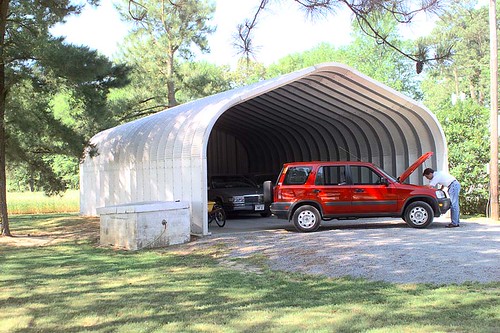
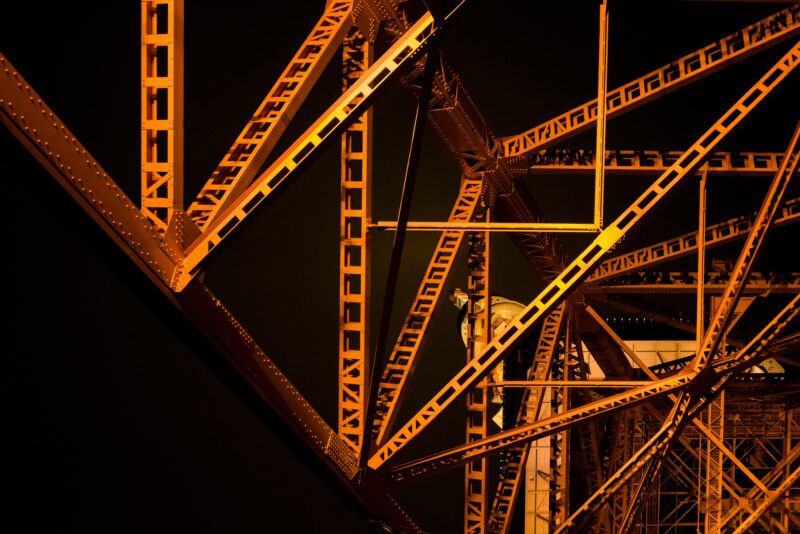
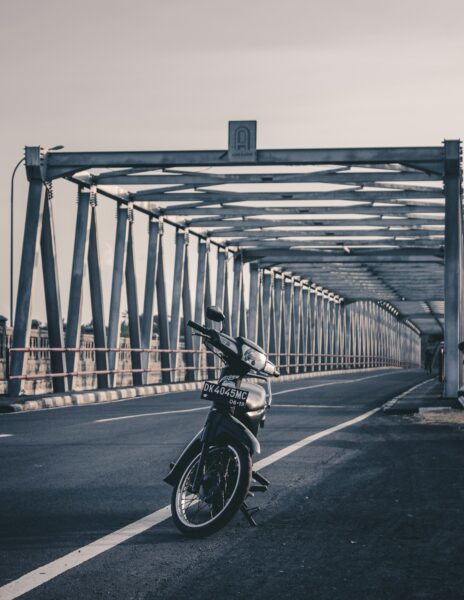
Metal's versatility is evident in its application across diverse projects. Weathering steel is frequently used in architectural elements such as building facades, roofing, and bridges, bringing both structural benefits and design aesthetics to the forefront. The high strength-to-weight ratio of steel is particularly beneficial for long-span structures and high-rise buildings, where minimizing dead loads is crucial. Meanwhile, copper and aluminum alloys find use in wiring and corrosion-resistant applications, respectively.
| Aspect | Advantages | Disadvantages |
|---|---|---|
| Structural Integrity | Durable, high strength | Vulnerable to rust, needs maintenance |
| Cost | Long-term savings, scrap value | Higher initial costs, fireproofing required |
| Environmental Impact | Eco-friendly, recyclable | Environmental depletion, pollution from extraction |
| Construction Speed | Faster timelines, prefabrication benefits | Initial cost barriers for small projects |
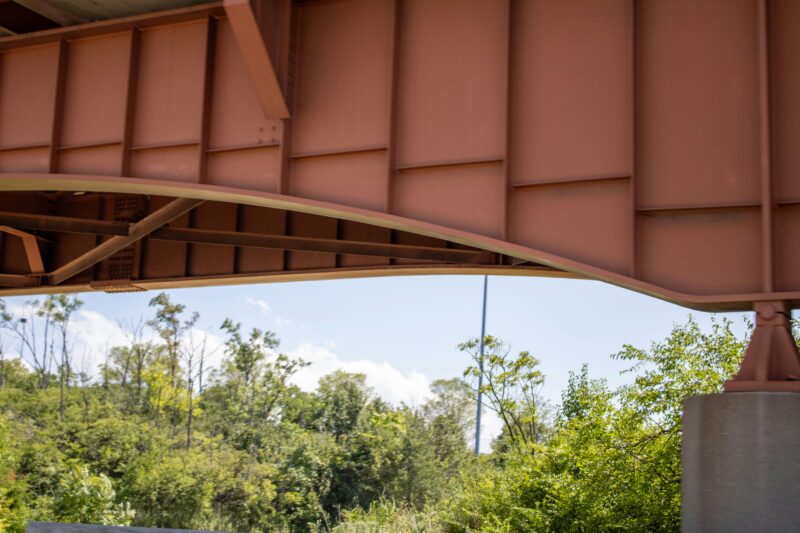
In summary, while metal and specifically steel bring numerous advantages to construction projects, including strength, flexibility, and sustainability, challenges such as corrosion and heat conductivity require careful planning and management. As technology advances, many of these disadvantages are being mitigated, cementing metal’s position as a central player in modern architectural design and construction. With strategic usage and maintenance, the potential of metal for construction is boundless, paving the way for greener, longer-lasting structures that push the boundaries of design and efficiency.
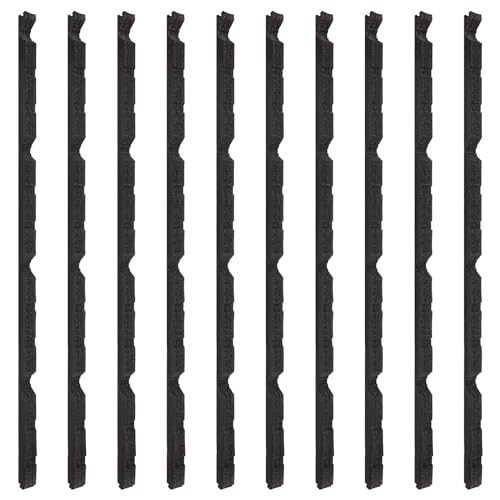
Metal construction materials, such as the Sthovd Classic Profile Closure Strips, provide robust solutions for building projects. These strips ensure tight sealing between metal roofing panels, offering enhanced protection against weather elements. The product image reveals uniform, high-quality strips consistent in design, indicating a reliable barrier against moisture and debris. Moreover, being metal, these strips promise durability and long-term performance, although the potential for thermal expansion and conductivity may invite additional considerations in the design and installation process. Still, the Sthovd Classic Profile Closure Strips represent a smart, durable choice for constructors seeking efficient and weather-resistant building components.

The KUSTAT Panels emerge as a sterling example in the realm of construction materials, their lustrous aluminum surfaces gleaming with versatility and endurance. These lightweight yet sturdy panels offer excellent durability, resistance to corrosion, and the ease of forming and joining, which are pivotal for complex architectural applications. While metals may contend with thermal conductivity issues and cost considerations, KUSTAT Panels mitigate these concerns with their adaptive qualities and cost-effective applications, making them an intelligent choice for innovative construction.
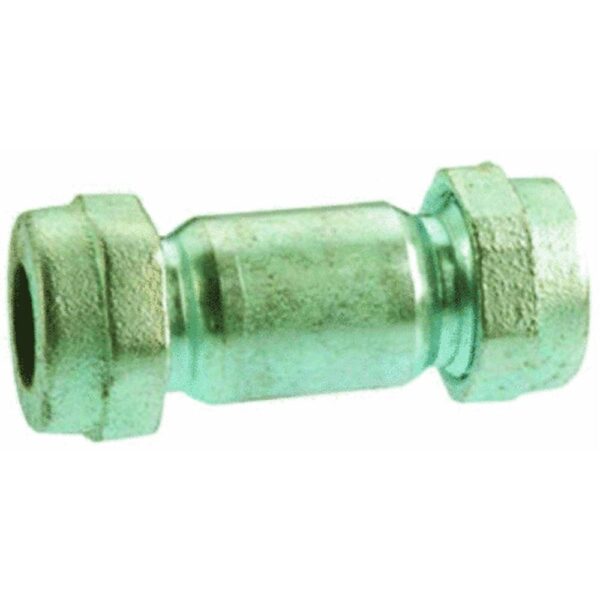
The Industries 160 004HC Galvanized Compression Coupling is a shining example of metal's durability in construction. Made from robust galvanized steel, this coupling resists corrosion and withstands the elements, ensuring long-lasting and reliable connections in structural systems. Its precision-engineered design allows for quick and secure joining of two pipes, which not only facilitates ease of installation but also maintains structural integrity. Relevant to the construction industry for its strength and adaptability, this product clearly illustrates why metal is a preferred material for critical infrastructure.
As we wrap up our exploration of the advantages and disadvantages of using metal in construction, we’d love to hear your thoughts and experiences. Whether you're team steel or still mulling over its pros and cons, join the conversation! We have loads more exciting architecture content that’ll keep your creative juices flowing. Check out our latest pins on Pinterest, where we're always curating new ideas and inspiration. For some behind-the-scenes peeks and stunning architectural shots, don't miss out on our Instagram. We're also on X (formerly Twitter), ready to chat or share quick tips and updates. Become part of our thriving community on Facebook to discuss more on how metals can shape the future of our built environment. Let's continue building a world of incredible architecture together!

Immerse yourself in architecture’s most boundary-pushing ideas—where innovative home improvements meet visionary urban developments. Discover new building techniques, materials, and creative concepts that are redefining how we shape our spaces on a global scale.